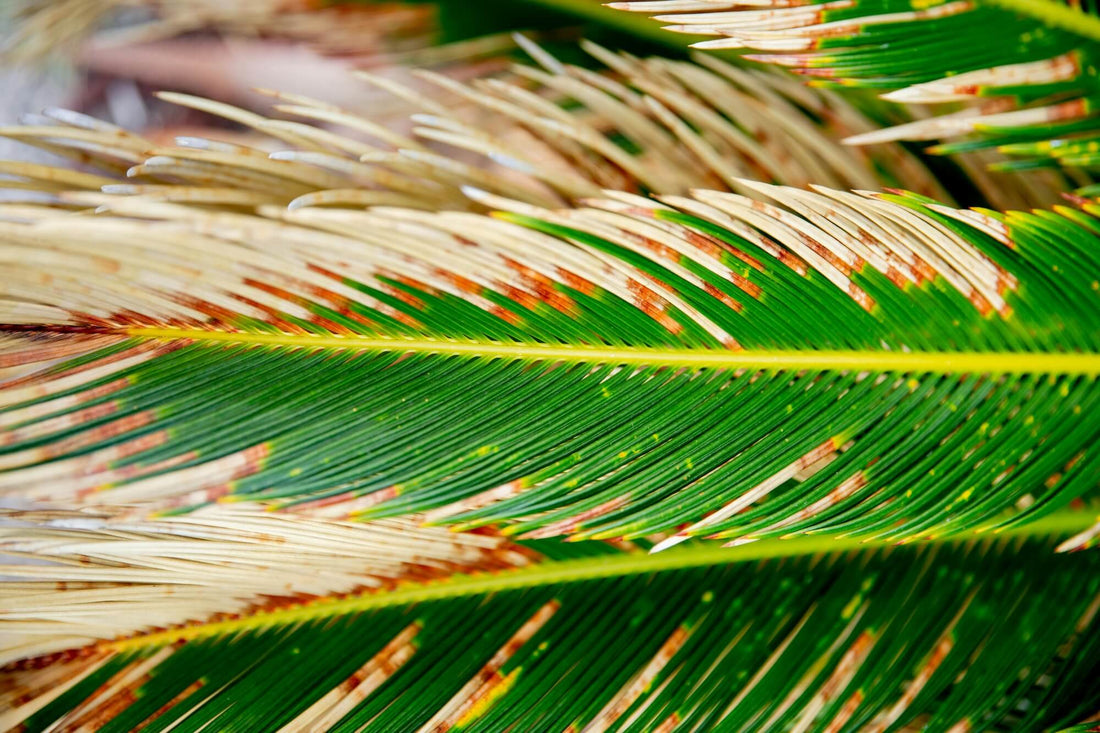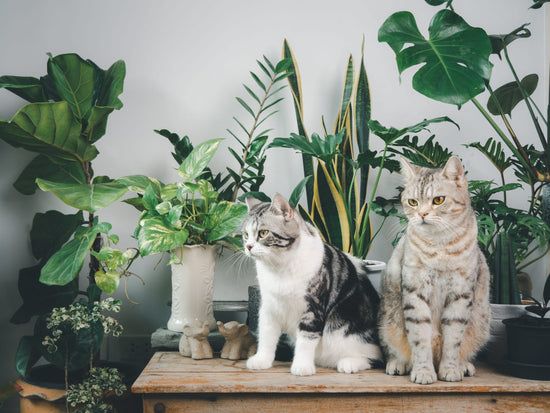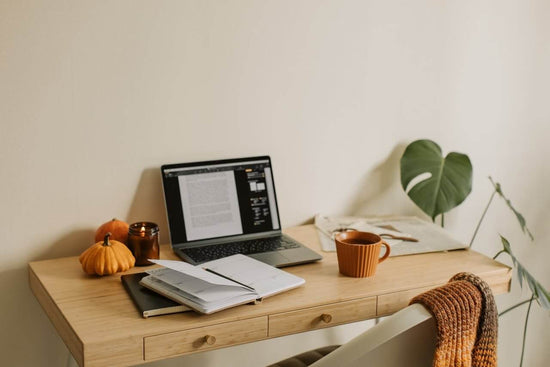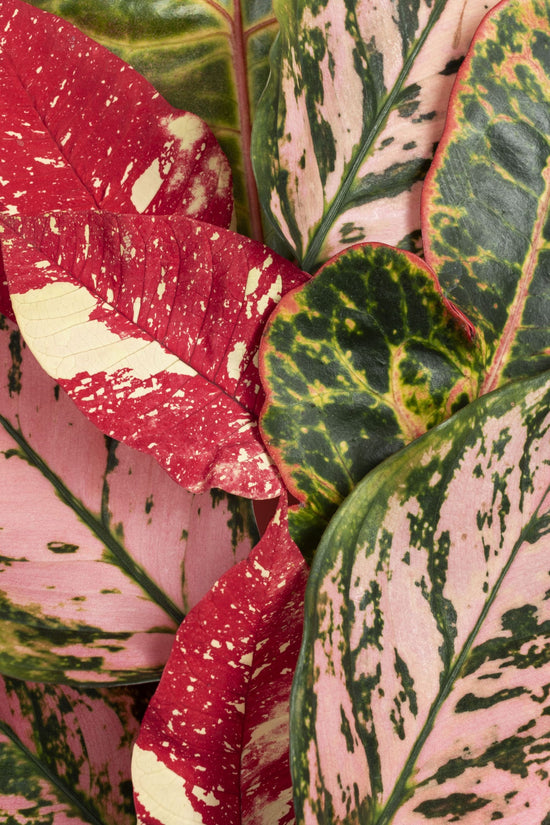Brown leaves on houseplants and garden plants are a common problem and can have different causes. They usually signal that the plant is under stress, be it due to incorrect care, environmental conditions or diseases. This article provides an overview of the most common reasons for brown leaves, how they can be prevented and what measures help with affected plants.
Possible causes of brown leaves
-
water balance
- Too little water: Dryness means that the plant cannot supply its leaves with enough water. The tips and edges of the leaves dry out and turn brown.
- Too much water: Waterlogging damages the roots and prevents the absorption of nutrients and oxygen, which can lead to brown, mushy leaves.
-
humidity
Many tropical plants such as Monstera, Calathea or Anthurium require high humidity. Dry indoor air, especially during the heating season, causes brown leaf tips. -
temperature stress
- Too cold: Drafts or cool temperatures can damage sensitive plants and cause brown spots.
- Too hot: Direct sunlight or heat can cause burns on the leaves.
-
nutrient deficiency
A lack of important nutrients such as potassium, magnesium or nitrogen often leads to brown spots or discoloration of the leaves. -
diseases and pests
- Fungal infections: Diseases such as leaf spot or mildew can cause brown spots.
- Pests: Spider mites, thrips or aphids suck the plant sap and leave brown damage.
-
Incorrect care
- Improper pruning or damage to the leaves can lead to brown spots.
- Chemicals such as unsuitable fertilizers or lime in irrigation water can also have negative effects.
Prevention of brown leaves
-
Proper watering:
Water the plant as needed, making sure that excess water can drain away. Ideally, use soft, room-temperature water. -
Optimal humidity:
Increase humidity with humidifiers, water bowls or regular foliage misting, especially for tropical plants. -
choice of location:
Choose a location with suitable light and temperature conditions. Avoid direct sun if the plant prefers partial shade. -
nutrient supply:
To prevent deficiencies, fertilize the plant regularly with a fertilizer tailored to its needs. -
Care and control:
Regularly prune damaged leaves and check the plant for pests or diseases.
Measures for brown leaves
-
Cut back leaves:
Remove brown, dead leaves or leaf parts with clean scissors to relieve the plant and prevent fungal infections. -
Adjust pouring behavior:
Check the soil: is it too dry or too wet? Adjust watering accordingly. -
Increase humidity:
Spray the plant with water or place it near a humidifier. -
Supplement nutrients:
Fertilize the plant with a balanced fertilizer if a deficiency is suspected. -
Fighting pests:
Check the leaves thoroughly for pest infestation. If necessary, use biological agents or mild pesticides. -
Check location:
Change the location if the plant is exposed to drafts or direct sunlight.
When is action particularly important?
Brown leaves are not always a reason to panic. Often the cause is just external influences or care mistakes. However, if the whole plant is affected, the leaves are falling off a lot or mushy spots appear, you need to act quickly. This could indicate serious problems such as root rot or disease.





